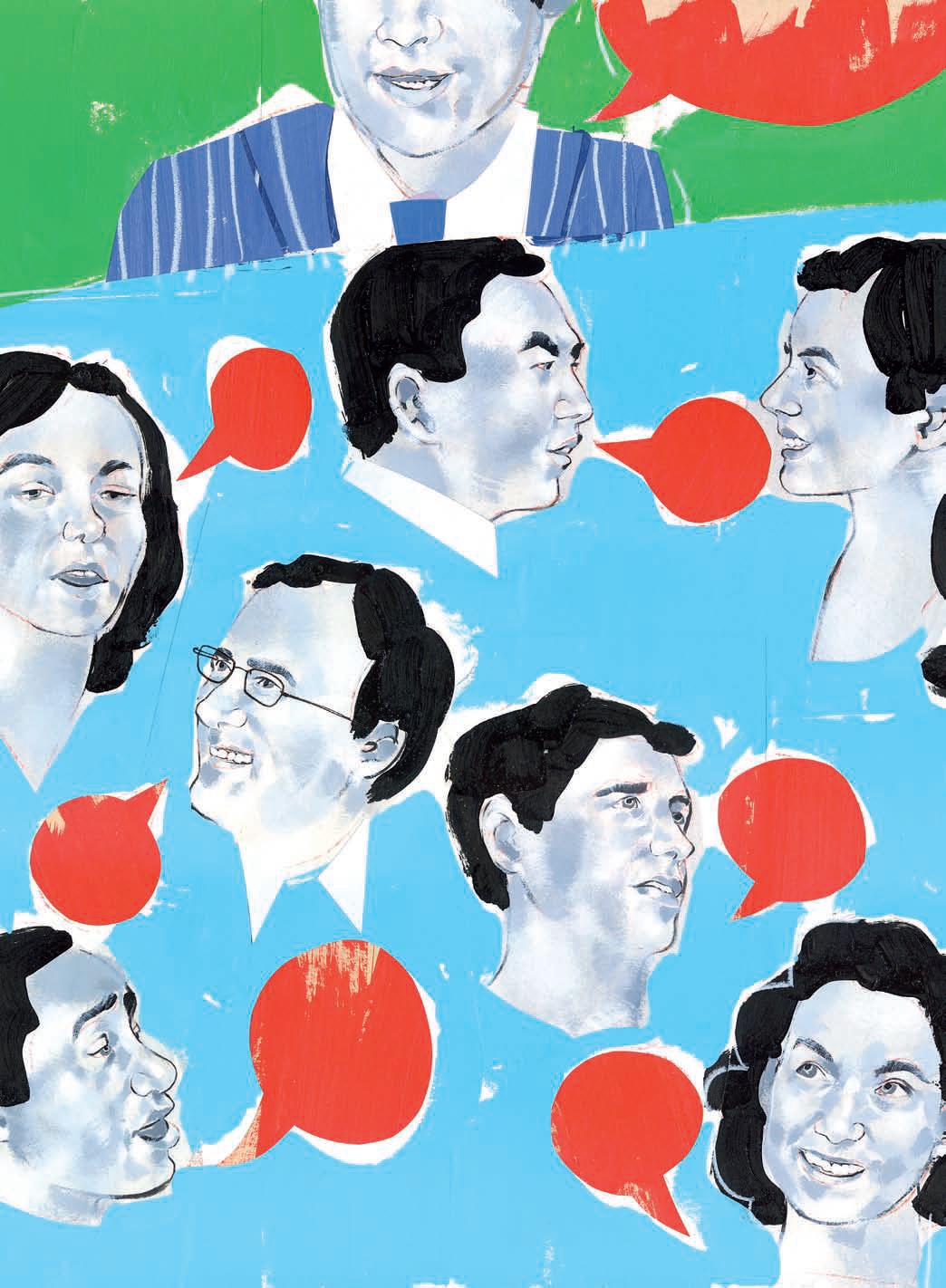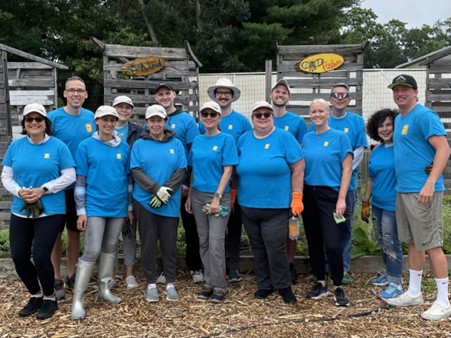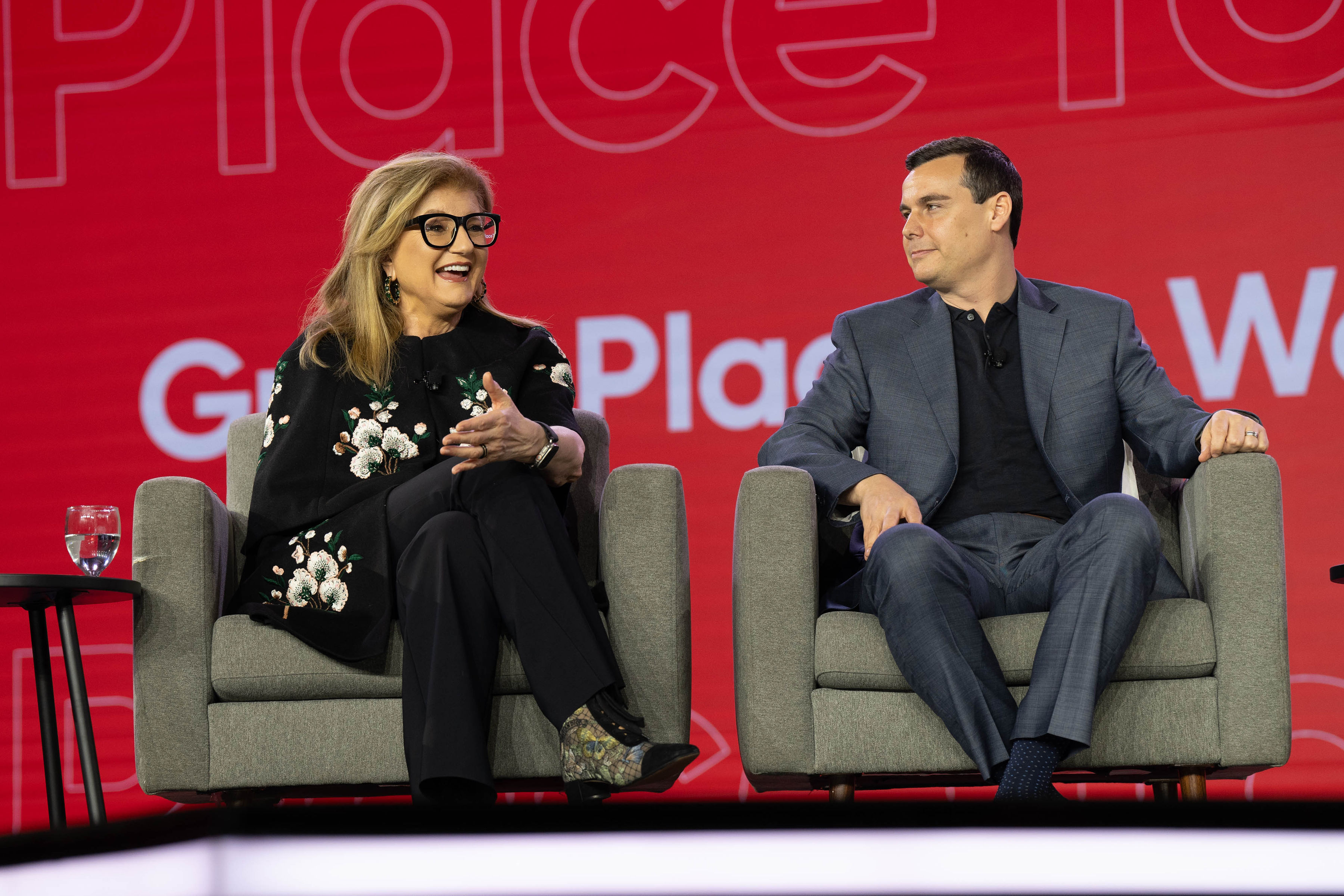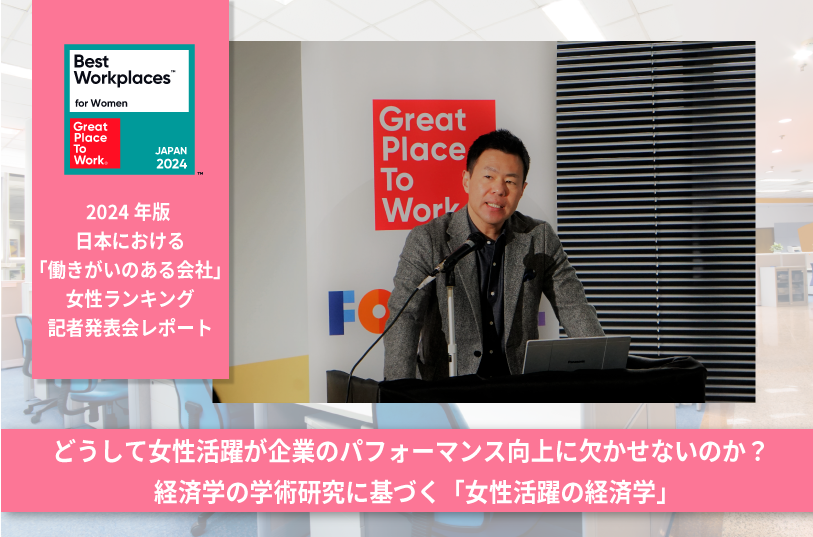최고의 일터는 문제가 있더라도 구성원과 친밀하고 의미 있는 연대성을 만들기 위한 혁신적인 방법을 찾아냅니다.
ROBERT LEVERING와 MARCUS ERB
일의 성격이 바뀌고 있습니다. 이제 관리자의 인력 관리 및 개입 방법에 혁신이 필요합니다. 기술 덕분에 가상의 일터가 만들어졌고, 그 결과 각기 다른 시간대 각기 다른 곳에 동료들이 흩어져서 일하는 환경이 되었습니다. 인재의 성격 또한 진화하였습니다. 연령, 지리적 환경, 인구통계학적 특성 등 모든 사항이 더욱 다양해지고 있는 현실은 곧 기업이 위치한 사회를 반영한 것입니다. 세계 경제의 침체에도 불구하고 근무지 선택의 폭은 더욱 넓어지고 있습니다. 이제 회사의 구성원은 평생 한 회사에 매여 있으려고 하지 않습니다. 이직이 증가하고 직장 문화의 융합이 이루어지고 있습니다.
“회사 구성원 한 명이 너무 뚱뚱합니다. 이 사람 앞에서 건강 문제를 이야기할 수 있겠습니까? 친구나 배우자라 해도 쉽지 않은 대화인데 구성원은 오죽하겠습니까? 그러나 덴마크의 연금생활기업인 Nordea Life & Pensions의 관리자는 주기적으로 이러한 대화를 나눕니다.”
이런 문제의 대응책으로써 훌륭한 일터를 생각해 봅시다. 구성원의 기본적인 경제 욕구나 안전 욕구에만 집중하는 것으로는 더 이상 충분하지 않습니다. 의미 있는 일을 만들어 주고 구성원들의 사회 관계도 후원해 주어야 합니다.
Swiss Business에 실린 기사는 세계 최고의 기업들이 이런 문제에 직면하여 보여주는 여러 가지 혁신적 행동과 통찰력을 상세히 다루고 있습니다.
Emerging trends in people management
The best workplaces continue to find innovative ways to create personal and meaningful connections with their employees
By RobeRt LeveRing and MaRcus eRb*
Would you approach an employee to chat about the health risks associated with his or her being overweight? It’s a challenging conversation with a friend or spouse, let alone an employee. Yet, managers at Nordea Life & Pensions, a Danish-based pension life company, routinely initiate such talks with their employees.
Nordea demonstrates a growing trend among the best places to work — building a more personal connection with employees. The typical relationship between boss and worker is giving way to an ever more intimate and sensitive connection with employees.
The belief that it is the right thing to do drives these efforts, but many businesses also realise such interaction is key to their success. The pace of change requires that company leaders seek new strategies to maintain employees. The focus on organisational culture and human capital grows, even as major economies shift to service and knowledge industries.
However, the nature of work is changing in ways that make cultivating a strong personal connection difficult. Technology has created virtual workplaces. As a result, co-workers are now more widely dispersed and working at different times of the day. The mixture of people in the workforce is evolving too, spanning generations and geographies with a demographic more diverse and reflective of the communities where companies are located. Despite the global recession, employees continue to enjoy more choice of where to work. They no longer plan to stay with a company for life, leading to increased job-hopping and cross-fertilisation of workplace cultures.
In response to these challenges, the best workplaces focus not just on workers’ basic economic and security needs, but on creating meaningful work and supportive social networks for employees.
Connection to something bigger
Many of the best workplaces take steps to show an individual how his work directly ties with the company’s strategy and purpose. For example, management at Quintiles, a pharmaceutical services company headquartered in the US, made the strategic direction and vision of the organisation more accessible to employees, when it launched the Strategy Corner on its intranet. This interactive site features business line strategy maps, videos, and podcasts that help employees understand how the company’s strategy relates to them as well as how their work directly contributes to achieving the organisation's objectives.
The best workplaces actively cultivate a sense of meaningful connection to jobs. For example, Danone UK, a subsidiary of the international food products company, has a program called “Do you dare to dream?” The program is structured around encouraging and rewarding behaviour in three areas: do, dare, and dream. Every year, Danone gives every employee a “dream cloud,” a piece of paper on which they can write out their dream. The only stipulation is that the dream be possible for the company to make happen. The paper is then posted on a “dream board,” displayed in the office for everyone to see. After four weeks, everyone votes on which dream they would like to see come true. The company fully funds the dream of the person who receives the most votes. Through this program, one person cycled the entire length of Great Britain to raise money for a children’s hospice; another undertook a two-month pilgrimage from France to Spain; another returned to Vietnam to find her birth mother; and another went to Cape Town, South Africa to build a house in his native township through Habitat for Humanity.
Many of the best workplaces take steps to show an individual how his work directly ties with the company’s strategy and purpose.
Understanding people and adopting programs to support them
Danone’s efforts to help people realise their dreams also reflect the increasingly sophisticated understanding best workplaces have developed about their employees’ personal lives and needs. These organisations continue to demonstrate flexibility in tailoring their benefits to individuals’ changing needs at different points in their lives. For example, many employees are finding themselves caught in the “sandwich generation” – raising children and caring for aging parents. Recognising this trend, Noblis, a non-profit research corporation headquartered in the US, recently expanded its EAP program to include geriatric care and assessment services. Care managers meet with families, complete an onsite assessment of the elder’s living environment, and if requested, will assess possible housing options. They will also provide a detailed written report with care recommendations and an implementation plan. The plan includes a range of services tailored to create a safe, healthy, enriching lifestyle for the family member. Services may include coordinating and monitoring home health services, household maintenance and repairs, lawn care, snow removal, meal preparation, grocery delivery, and transportation solutions.
When the global recession affected families, the best workplaces everywhere acted to support employees. Fater, an Italian manufacturer of diapers and other sanitary products, allows its people facing financial hardship to take out an interestfree loan of EUR 2,000 to be returned in monthly installments through payroll deduction. Fater’s people can also take time off for family-related issues, such as tending to ailing relatives, and there is a “Solidarity Fund,” contributed to by employees with a company match, intended to support co-workers’ health-related expenses. Ninety-eight percent of the company’s employees report they believe management shows a sincere interest in them as people.
The best workplaces consciously cultivate a deeper understanding of employees. These organisations take numerous steps to involve their people and listen to them. TD Bank Financial Group, a commercial bank headquartered in Toronto, Canada, formed an employee network, the TD Aboriginal Employee Circle. The approximately 50-person group has conducted awareness training sessions to help others better understand the needs of Aboriginal employees and the communities they serve. This has additionally led to innovative ways to attract talent from this community.
Personalisation of traditional employee programs
At the best workplaces, programs that typically took a one-size-fits-all approach to career development and scheduling are showing more personalisation and flexibility. Microsoft, the global technology company, believes that for employees to realise their full potential, they must succeed in their personal lives as well as at work – something Microsoft supports through countless programs focused on promoting work-life balance. In its UK group, first-time mothers can sign up for the “Bump Club,” a network at Microsoft UK dedicated to helping expectant mothers prepare for the birth of their first baby. The “Bump to Balance” club, then helps mothers ease back into their jobs. They can also use specially allocated “Keeping in Touch Days” to tap into work occasionally until they return, just to stay up to speed on their business projects. And once they do return, they can stay close to their kids at the company’s on-site nursery. Such programs promote a personal connection to the company – 95% of women who take maternity leave from Microsoft choose to return to work.
In its Danish unit, Novozymes, a global producer of industrial enzymes, has created a career development system called the Triple Career Ladder. The program is designed to support the personal and professional development of employees by enabling employees to aim at becoming a people manager, a skilled specialist or a project manager. The Triple Career Ladder allows employees to change direction if their needs and wishes change during different phases of their life. The program has contributed to creating a common acceptance of the differing needs and wishes of employees and has resulted in Novozymes today having more skilled specialists than the more common surplus of people managers.
At the best workplaces, leaders also share the personal side of information such as emotional reactions to news, personal takes on values, or simply their hobbies and interests.
Communication will become more personal, more virtual and faster
As technology cuts into face-to-face time, the best workplaces remain fantastic communicators. They exhibit strong information-sharing practices as well as passionate and effective ways of hearing employees’ questions and suggestions. However, what possibly differentiates them the most is the content of their communications. These organisations thrive on not just sharing the facts or the big picture. Leaders also share the personal side of information, such as emotional reactions to news, personal takes on values, or simply their hobbies and interests. These efforts are essential in keeping a strong bond between employees and their leadership.
Many of the best workplaces have implemented senior leader blogging as one way to address the challenge. Philips GmbH, a German-based diversified health and well-being company, hosts an intranet site with a “my view” button in which all of the company’s global leaders express their opinion about the implementation of Philips’s mission and vision, its values and the brand reputation. The blog is an effort to show the employees how important each individual opinion and contribution is for the company.
Other organisations use videos to keep communication personal. Employees at Cisco, the American-maker of networking and communication technology, receive news and information in a variety of forms, from blogs to Video-On-Demand to internal television programs. The management commonly shares its thoughts by recording a short video to accompany its message. In the Swedish division, the CEO regularly records a video with his web camera, and it is then distributed to all employees in the country. Videos from all over the world are gathered on C-Vision, an internal YouTube.
Social connections to local community and fellow employees
Technology not only creates opportunities for connection between leaders and employees but also between employees. The best workplaces actively build social connections among their employees.
No company better epitomises this effort than Deloitte, the international accounting and consulting firm. Its approximately 170,000 staff work in 140 different countries, spending the majority of their time onsite with clients. To keep a bond between them, the company deployed D Street, an online social and professional talent networking tool. Similar to Facebook or MySpace, D Street allows people to create new networks, collaborate, get to know a little about someone before stepping into that first meeting, or just benefit from the wisdom of others. Each professional has an online profile from which to elaborate or extend his or her own personal brand with photos, favorite music, current reading lists, recipes, and more. Employees can use D Street to quickly locate colleagues who share common interests. Everything from a favorite song, college alma mater, or non-profit interest can be searched, allowing Deloitte’s workforce to create communities and build camaraderie of their own. The site allows employees to blog, and currently, over 1,800 of Deloitte’s people maintain a personal blog on their D Street page.
Conclusion
From Nordea’s conversations about healthy weight to Deloitte’s investment in D Street, it is clear the best workplaces continue to find innovative ways to create personal and meaningful connections with their employees. These efforts evolve as technology changes the nature of work and organisations’ workforces become more diverse and dispersed. Yet, these great workplaces remember that the one thing that doesn’t change is that the people they work with will always be people.
* Robert Levering is the co-founder of Great Place to Work® Institute, Inc., co-author of the bestselling book The 100 Best Companies to Work for in America and author of A Great Place to Work: What makes some employers so good - and most so bad. Marcus Erb is a Consultant and Senior Research Associate with the Great Place to Work® Institute. www.greatplacetowork.ch








